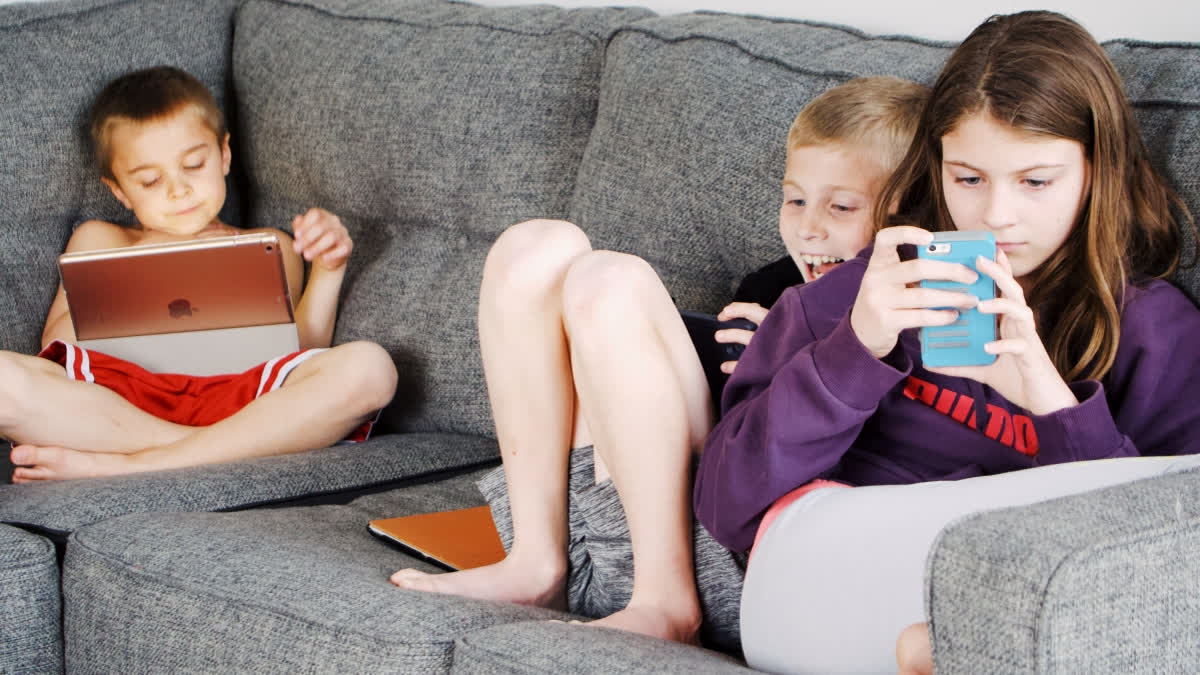Sydney (Australia): Parents share content of their children for myriad reasons, including to connect with friends and family, and to seek validation or support. However, some parents also do this for commercial gain. They manage their children as social media kidfluencers allowing them to work with brands to market products to other children (and adults).
The Australian Competition and Consumer Commission's latest interim report for the Digital Platforms Services Inquiry has acknowledged key issues relevant to kidfluencers, including privacy concerns and possible labour exploitation issues. Our research, published recently in the M/C Journal, further highlights how the kidfluencer culture opens the door for possible child exploitation and a host of other problems. There is a clear need for regulation in this space and achieving it will require a considered, collective effort.
Is YouTube the world's most popular babysitter?
Speaking to Forbes in 2019, Eyal Baumel, the chief executive of Yoola (a management company which also manages digital child stars), described YouTube as the most popular babysitter in the world. Since then, the COVID pandemic has prompted a surge in screentime for kids, who are being marketed toys as well as other products normally targeted to adults.
Product lines for kids are big business. In 2021, the global toys market was projected to grow from about US$141 billion to $230.6 billion by 2028. It's now common to see YouTube kidfluencers marketing toys to other kids through toy reviews. But these videos aren't the same as traditional product reviews. They're mash-ups that blur the lines between three major genres: reviews, branded content and entertainment.
The most popular toy review channels have millions of subscribers, and their hosts are some of YouTube's top earners. Ryan's World is probably the most well-known channel in this genre. Conservative estimates suggest 10-year-old Ryan Kanji's family earns about US$25 million each year.
Instakids are on the rise:
Apart from YouTube (now more popular among kids than television), a significant number of kids and teens are also spending time on Instagram. According to a 2021 report by child protection organisation Thorn, about 40% of children under age 13 (out of some 750 interviewed) said they'd used Instagram. This is despite the platform ostensibly only being for people aged 13 and older.
For our latest research, we analysed the Instagram accounts of two Australian influencer siblings to better understand the nature of child-to-child marketing in 2023. Pixie Curtis, age 11, started her online toy store Pixie's Pix during COVID, when toy sales rose globally. This came after initial success selling hair bows through Pixie's Bows, a business managed by her mother, PR entrepreneur and reality TV personality Roxy Jacenko.
Pixie's Instagram account (which has about 136,000 followers), and her brother Hunter's (20,000 followers), have been used to promote Pixie's Pix toys as well as other brands and products. And although Pixie recently retired from the toy shop business, she continues to promote products, including her original line of hair bows and other brands' skincare and beauty products.
